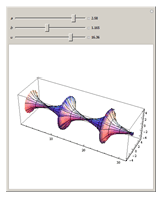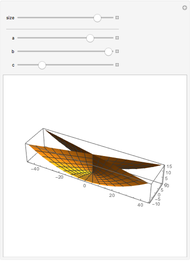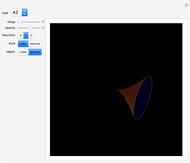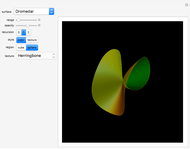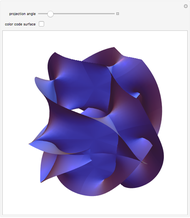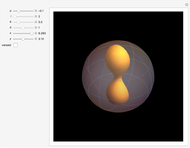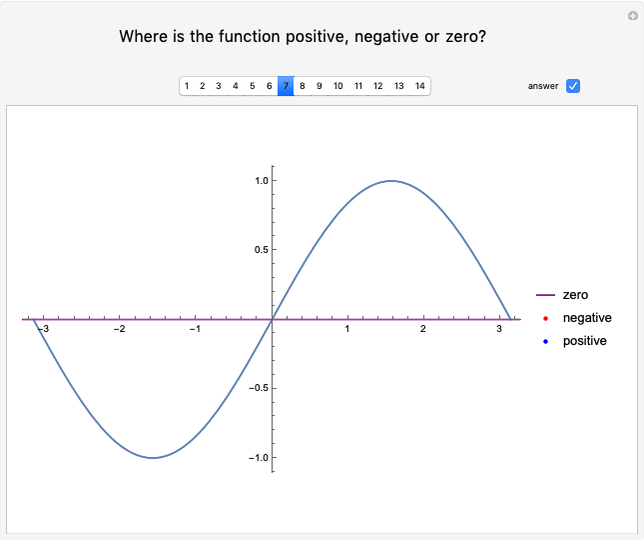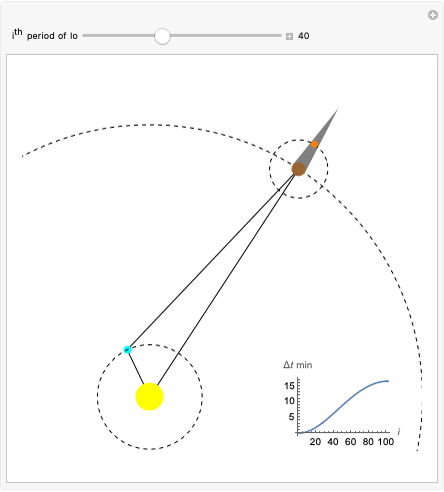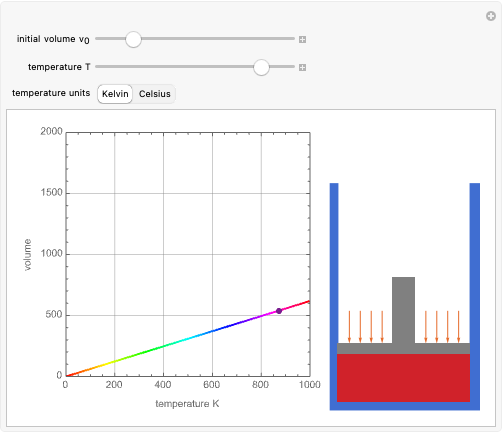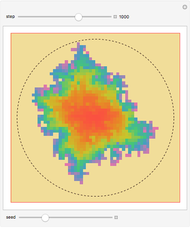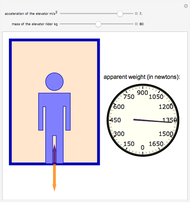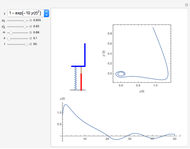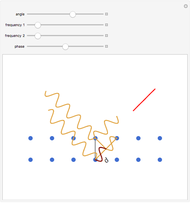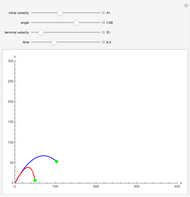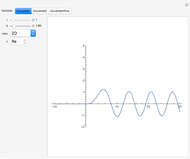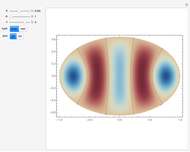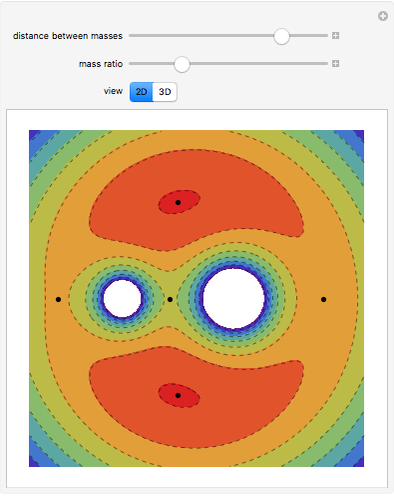The Unduloid

Requires a Wolfram Notebook System
Interact on desktop, mobile and cloud with the free Wolfram Player or other Wolfram Language products.
First studied by Delaunay [1], the unduloid (or onduloid) is a surface of revolution of an elliptic catenary with constant nonzero mean curvature (in this case, the reciprocal of twice the major axis length,  ). It can be obtained by tracing the focus of a rolling ellipse along a fixed line. This surface appears in fields like string theory [2] and carbon nanotubes [3].
). It can be obtained by tracing the focus of a rolling ellipse along a fixed line. This surface appears in fields like string theory [2] and carbon nanotubes [3].
Contributed by: Enrique Zeleny (May 2014)
Open content licensed under CC BY-NC-SA
Snapshots
Details
The unduloid is the solution of the differential equation
 ,
,
where  and
and  are constants.
are constants.
A parametrization of an unduloid can be represented by

 ,
,
where
 .
.
References
[1] C. Delaunay, "Sur la surface de révolution dont la courbure moyenne est constante," Journal de Mathématiques Pures et Appliquées, 6, 1841 pp. 309–320. portail.mathdoc.fr/JMPA/afficher_notice.php?id=JMPA_ 1841_ 1_ 6_A24 _ 0.
[2] K. Maeda and U. Miyamoto, "Black Hole-Black String Phase Transitions from Hydrodynamics." arxiv:0811.2305.
[3] I. M. Mladenov, M. Ts. Hadzhilazova, V. M. Vassilev, and P. A. Djondjorov, "Unduloid-like Equilibrium Shapes of Carbon Nanotubes Subjected to Hydrostatic Pressure," Geometric Methods in Physics, Trends in Mathematics (P. Kielanowski, S. T. Ali, A. Odesskii, A. Odzijewicz, M. Schlichenmaier, and T. Voronov, eds.), Basel: Birkhauser, 2013 pp. 195–202. doi:10.1007/978-3-0348-0645-9_ 18.
Permanent Citation


